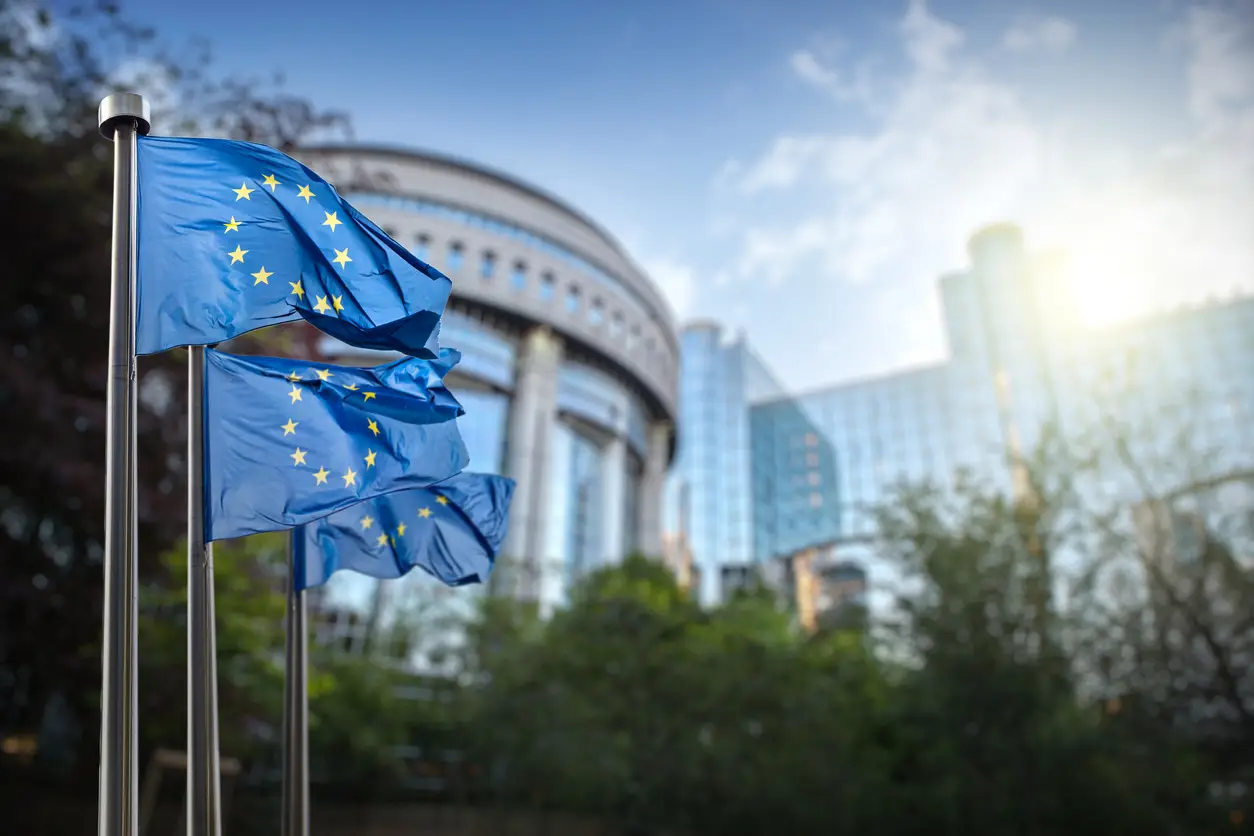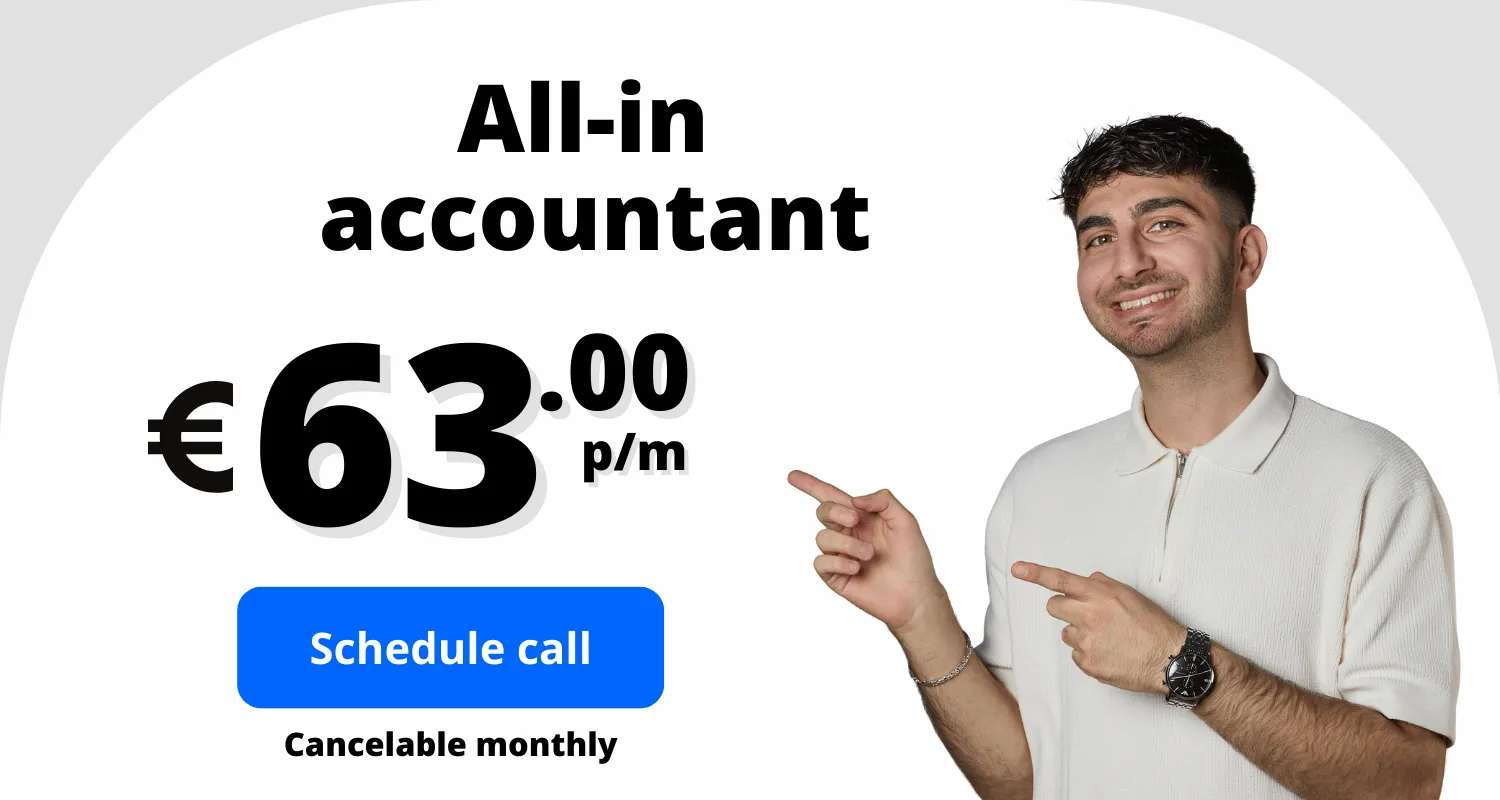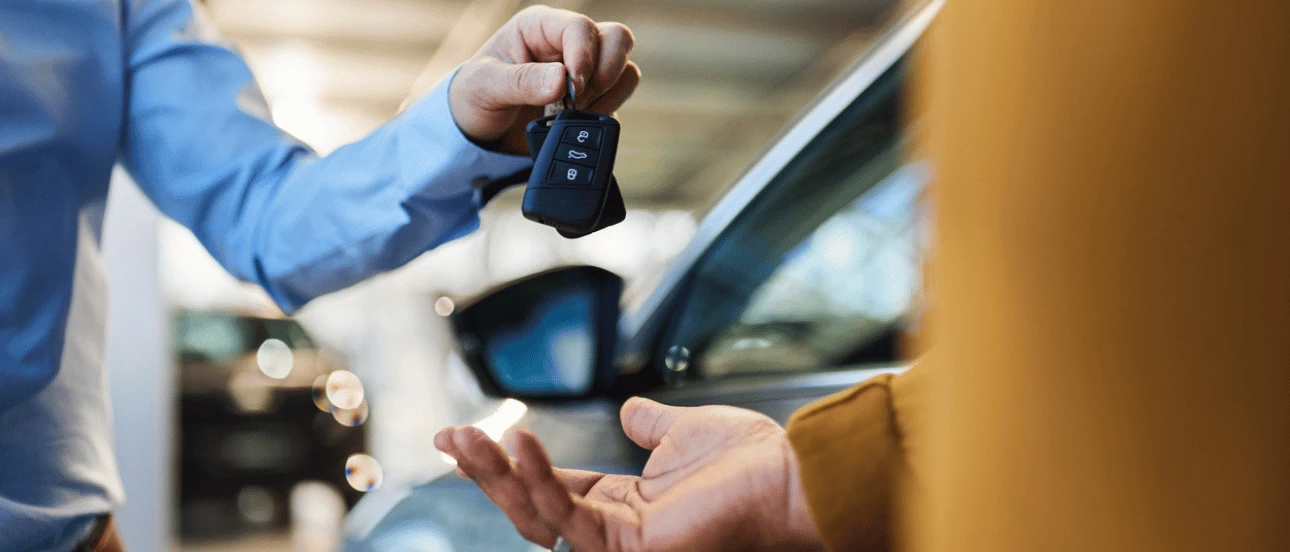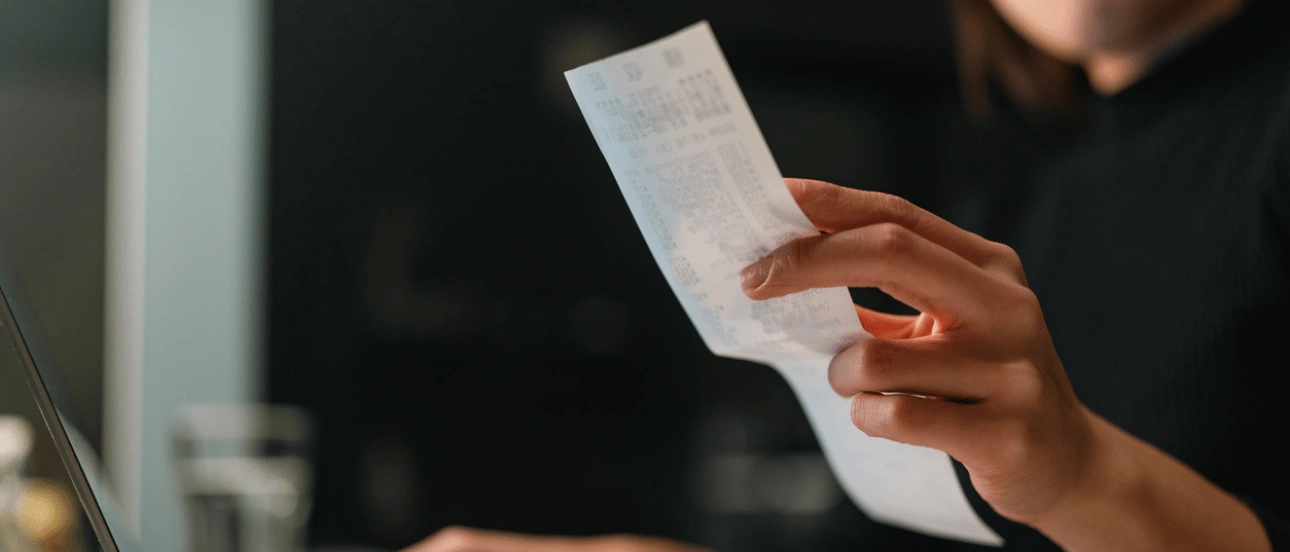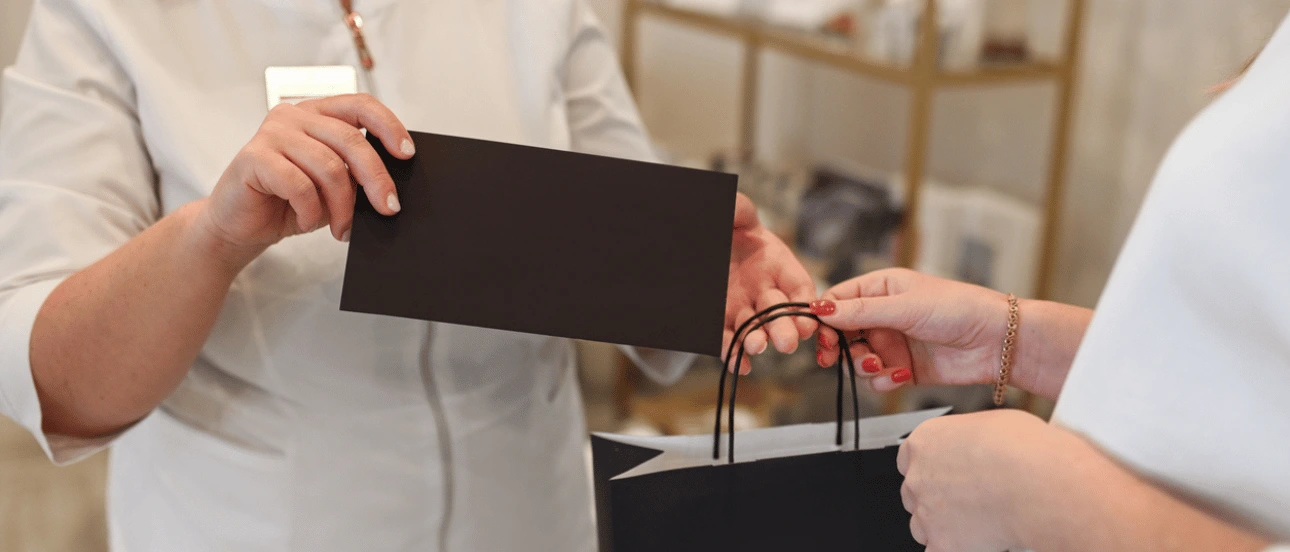One Stop Shop scheme: how does it work?
With OSS, you arrange foreign VAT through a single quarterly return. You register via the portal of the Tax and Customs Administration. There, you enter how much turnover you had per country, which VAT rate applies and the amount you have to pay. The Tax and Customs Administration then ensures the correct distribution to the other EU member states.
This means you no longer need separate VAT registrations abroad. You simply use one Dutch OSS declaration to handle all VAT within the EU.
Advantages
The OSS scheme saves you time, costs and administration. You file one return per quarter for all EU countries combined. You do not have to apply for foreign VAT numbers. You also avoid errors or fines from foreign tax authorities. Everything is done transparently via the Dutch Tax and Customs Administration.
The Union scheme within OSS (one-stop system)
The Union scheme is intended for entrepreneurs who are based in the Netherlands and deliver to individuals in other EU countries. Think of a webshop selling to customers in Germany, Belgium or France. Once you make such deliveries for more than €10,000 a year, you must apply the VAT of your customer's country.
Through the Union scheme, you report that VAT centrally to the Tax and Customs Administration. So you do not have to apply for separate VAT numbers in other countries. The Tax and Customs Administration further distributes the VAT to the appropriate EU countries.
The Import Scheme
The import regime is for goods you supply to EU individuals from a non-EU country, e.g. dropshipping. The value of the shipment must be a maximum of 150 euros. You remit VAT through OSS, so the customer does not have to pay import VAT upon delivery. This makes the purchasing process easier and avoids delays or extra costs at customs.
Why do you need to file OSS returns?
As soon as you make cross-border sales within the EU, you are obliged to apply foreign VAT. That means you cannot simply continue to charge Dutch VAT to customers in other member states. OSS is the way to comply without having to register separately in each EU country. If you don't arrange it properly, you could face fines or retrospective levies from foreign tax authorities.
When are you OSS liable?
You are OSS liable as soon as you supply more than €10,000 a year in goods or services to consumers in other EU countries. This limit applies to all countries combined. If you exceed it, you have to apply the VAT rate of your customer's country.
Example: do you sell 4,000 euros to Belgium, 3,000 euros to Germany and 4,000 euros to France? That puts you at 11,000 euros. You are then obliged to charge foreign VAT and remit it via OSS. Do you stay below the limit? Then you can continue to charge Dutch VAT, provided you deliver from the Netherlands.
Calculating VAT in the OSS declaration
You calculate VAT according to the rate of your customer's country of residence. Each EU country has its own rates, so you need to know what applies. In the OSS declaration, you indicate for each country what you sold, which rate you used and how much VAT you have to pay.
You cannot deduct input tax in OSS. You still do that through your regular Dutch VAT return. So make sure there is a clear separation in your administration.
Filing OSS returns with the Inland Revenue
You register via My Tax Business. After that, you file an OSS return every quarter, even if you had no sales. The deadlines are as follows:
- 1st quarter: no later than 30 April
- 2nd quarter: no later than 31 July
- 3rd quarter: no later than 31 October
- 4th quarter: no later than 31 January
You file the declaration through the portal, pay the VAT amount to the tax authorities in one go and they distribute it to the right countries. Keep your records neatly, with the amount, country, VAT rate used and shipping information for each customer. You must keep these records for 10 years.
